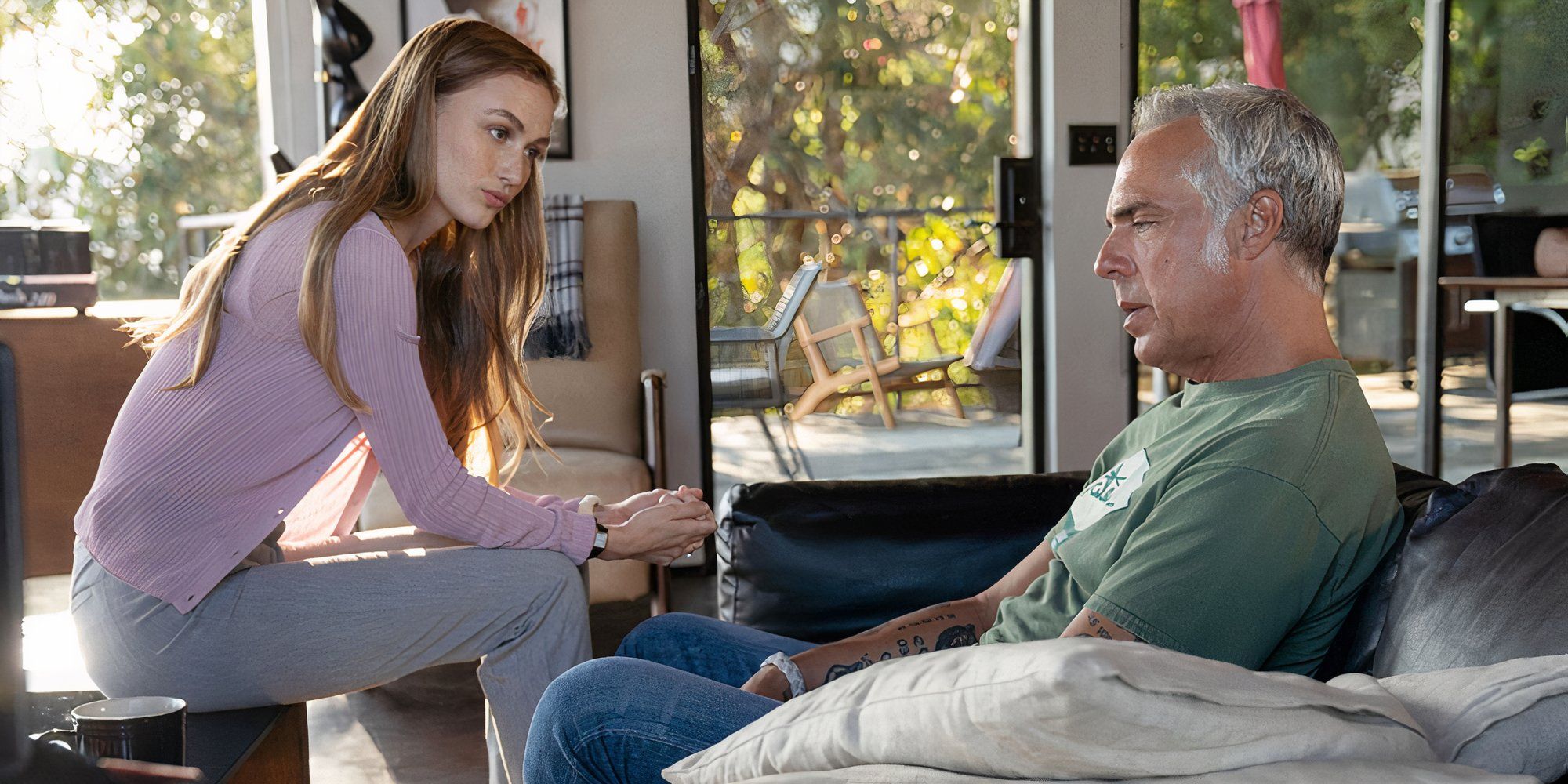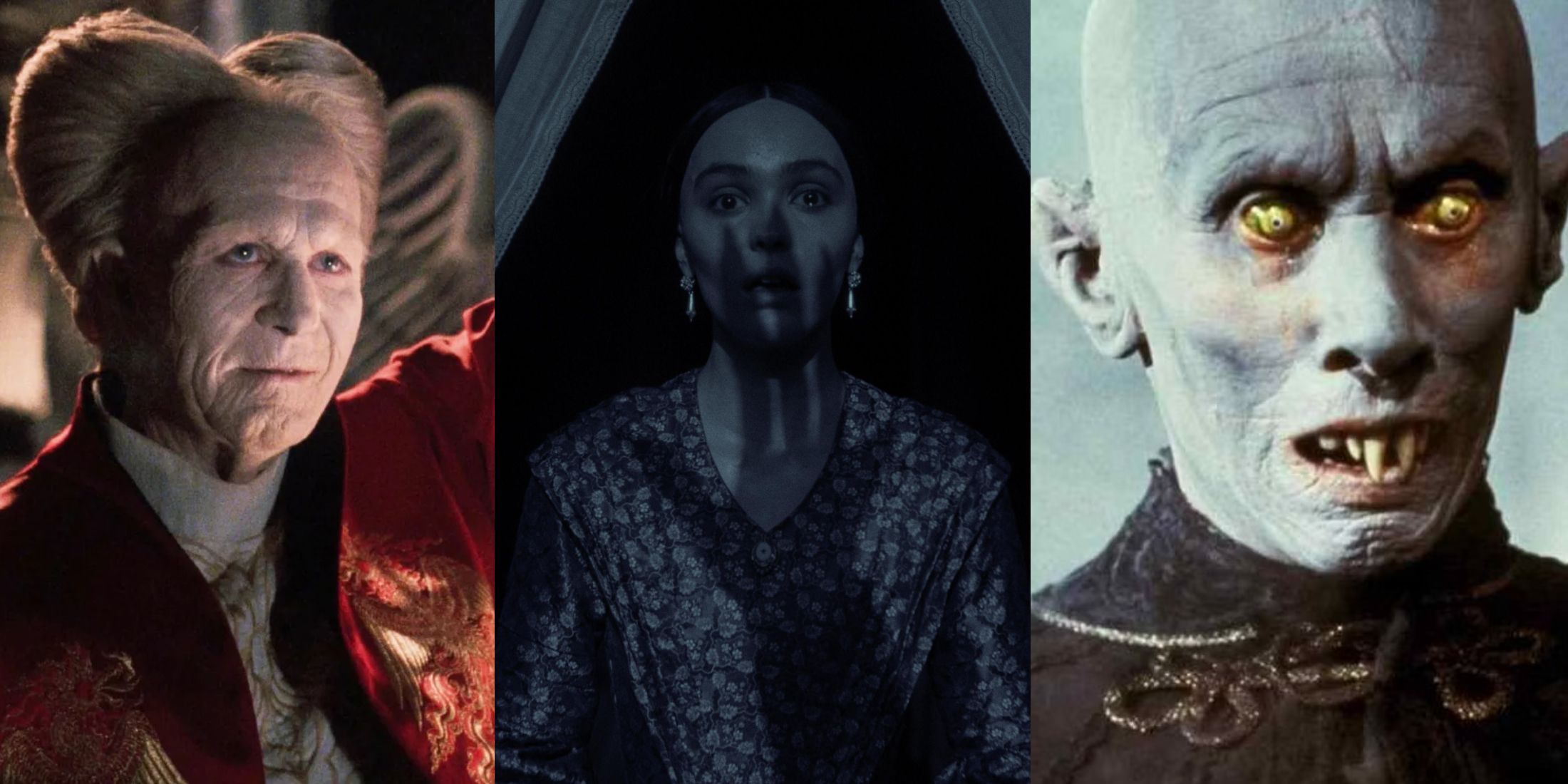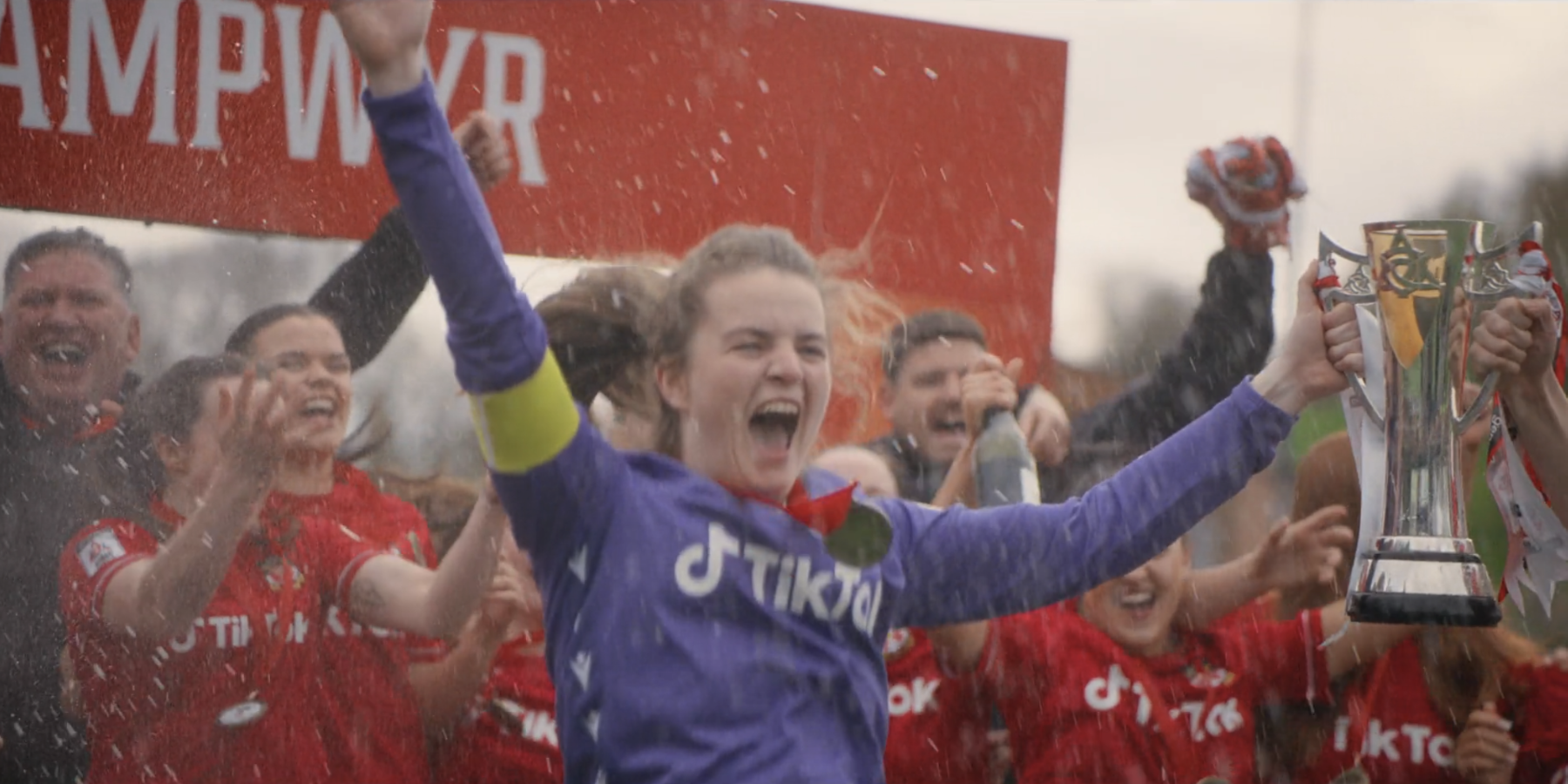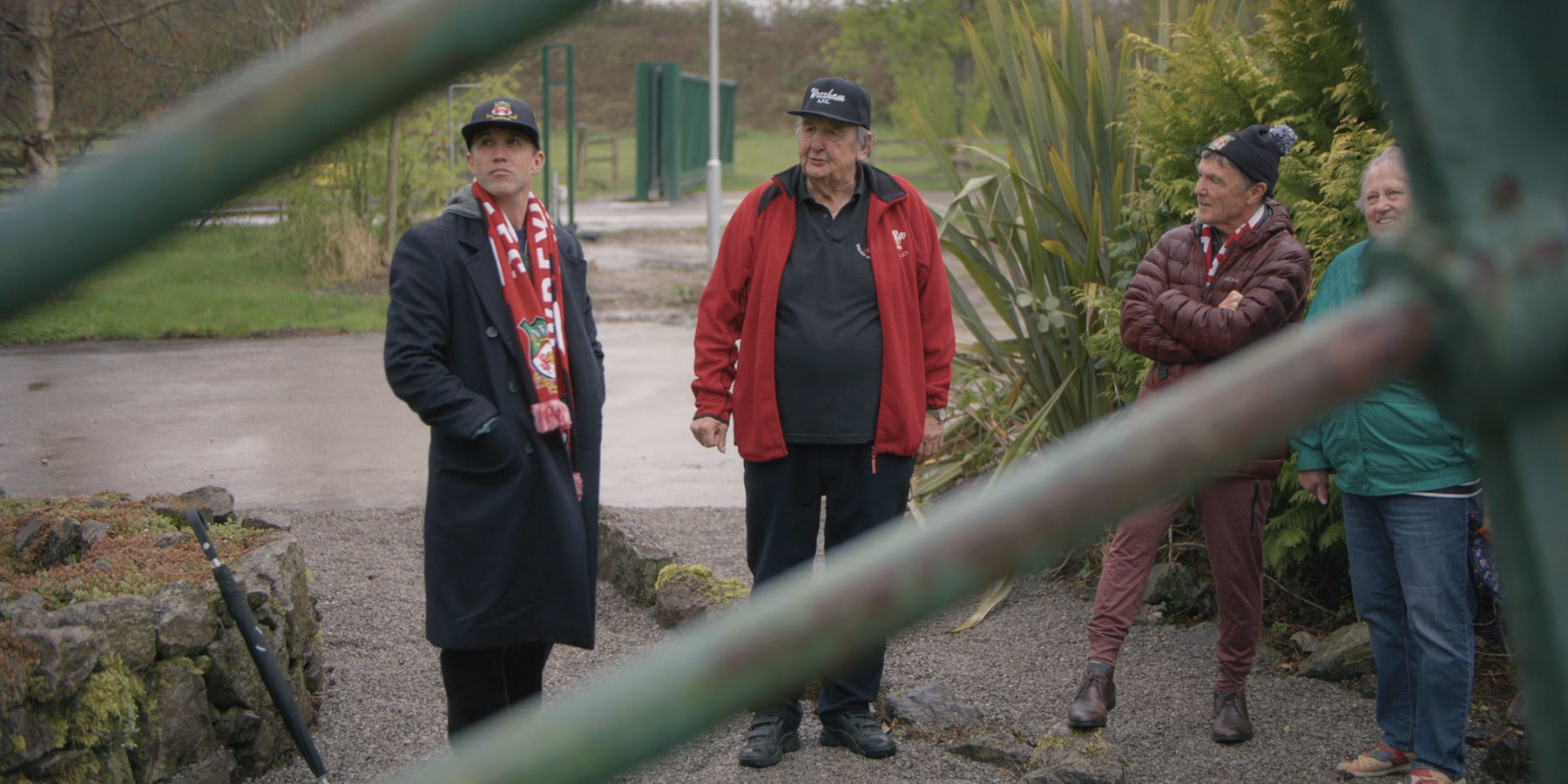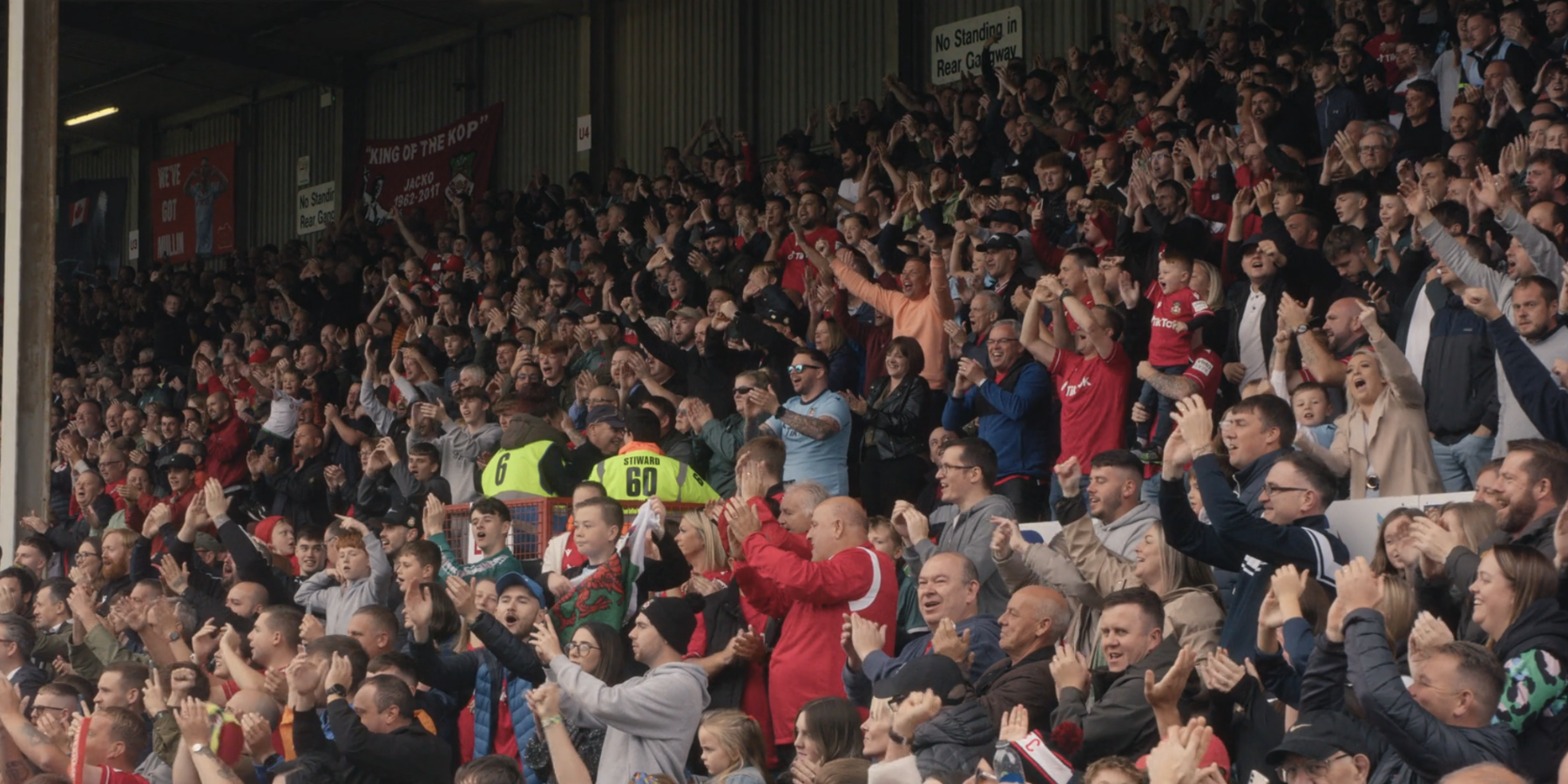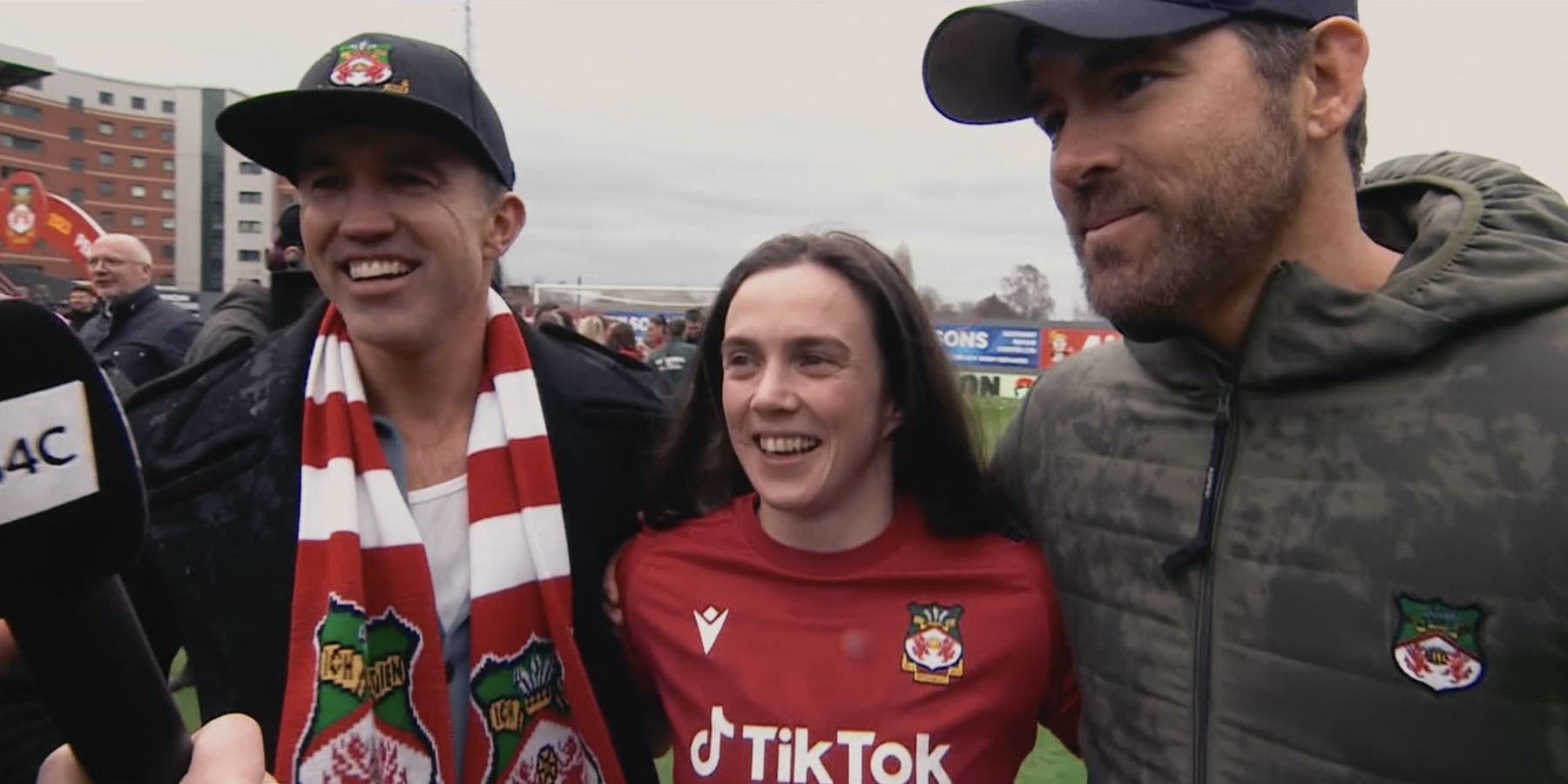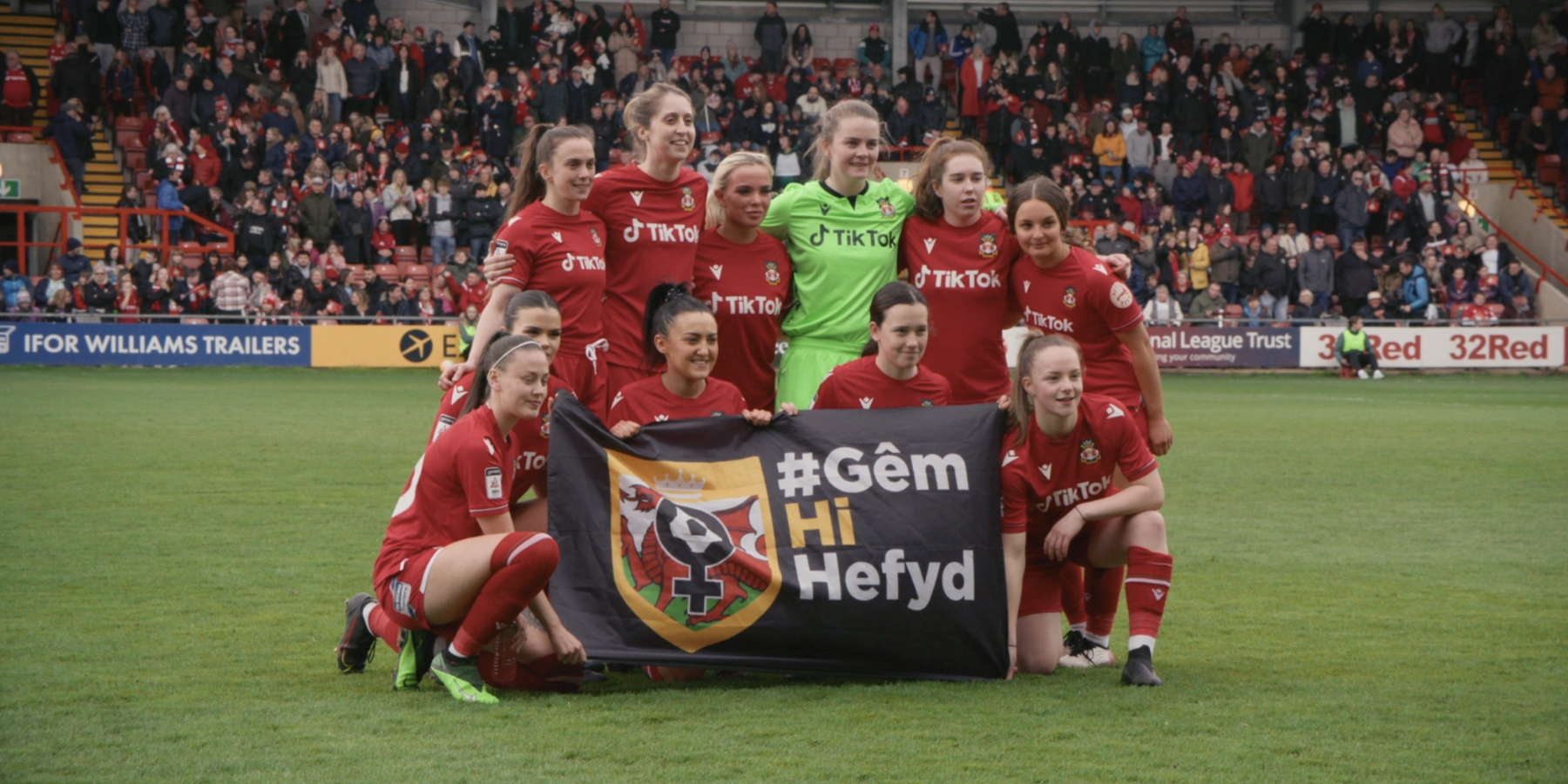Highlights
- The latest episodes of Welcome to Wrexham focus more on the documentary angle, which may not appeal to casual fans seeking soccer excitement and humor.
- The "Gresford" episode explores the mining disaster in 1934, providing a historical context for the club's roots in factory workers and miners.
- "Yn Codi" highlights the women's team's quest for semi-pro status and their journey to gain promotion, showcasing their determination and achievement in reaching the highest level.
Football campaigns over in Europe are long, so stretching out all that across a full season of Welcome to Wrexham shouldn’t be hard at all. Instead, it’s the how that defines the show’s entertainment value, with the latest two episodes proving the Wrexham TV formula is not the same without Ryan Reynolds and Rob McElhenney.
It’s true that sports documentaries leave a lot of room for creativity to fit a discipline into a larger story that more people can connect with, and Welcome to Wrexham often does this thanks to a mix of soccer excitement, humor and emotional ups and downs. However, if these are at the core of Wrexham’s success, then watching the series lean more heavily on its documentary angle will surely do the opposite for more casual fans.
In that sense, “Gresford” is more of a documentary than practically any other Welcome to Wrexham entry yet, as this look back at the mining disaster that took place in the city back in 1934 at times feels like something that would be more at home on the Discovery Channel, rather than FX or ESPN. Surely, remembering the victims and families affected by the Gresford tragedy calls for that, but even then, the Wrexham charm is missing in some form.
After all, it’s not as if Reynolds and McElhenney have been afraid to tackle serious subjects before on the series — whether it’s the death of loved ones for Wrexham players or someone in the squad dealing with tough times, the show tends to rise to the occasion. It simply comes down to delivering the “Gresford” story in a way that’s different to past history lessons.
It’s not as if Welcome to Wrexham fails to mention why the Gresford disaster is related to the club though. Wrexham, like most of the older European football teams, finds its roots in factory workers or miners, the very people that helped popularize or even played the sport in its early days, and for whom a day at the Racecourse meant everything.
“Gresford” remembers the gruesome days of workers in the early 1900s, back when mining was one of the most dangerous and least lucrative jobs on the planet, all with a heartwarming touch of Welsh folk music to close things off. Even McElhenney can appreciate how far we’ve come along as he recalls his ancestors times at the mines, but while having someone like Scott Galloway is welcome, it fails to gel together as well as it has in the past for the series.
Overall, if “Gresford” is Welcome to Wrexham flexing its documentary muscles, then episode number 11 is showing off its endless marketing potential. “Yn Codi”, which is Welsh for rise, continues the story of Wrexham’s women’s team and their quest to attain semi-pro status in football, something that means a lot more within the sports’ wider context and rising popularity, in spite of gender stereotypes.
All of Wrexham's female stars are back in the fold with Lili Jones and Rosie Hughes taking up the spotlight along with some of their teammates, but more crucially this episode is special because it grants them the opportunity to play a home match at the Racecourse. Going from the muddy pitch they call home to a proper stadium is a bit of a shocker, but the girls manage to pull off the win they need to wrap up a perfect season.
Regardless of that, as the “Ballers” episode showed, perfection is not enough for Wrexham’s women to achieve their dream as they still need to win a playoff match to gain promotion to the Adran Premier League, Wales top competition for women. That affair proves to be particularly tough with the game coming down to the very final minutes.
For Wrexham women’s first team this the pinnacle of what they hope to achieve. Unlike the men, their top goal of gaining promotion is reachable in one season, instead of the 5 to 10 years it might take Reynolds and McElhenney to land in the Premier League. Here glory comes courtesy of a Rebecca Pritchard goal towards the end of the game off from a great dribbling run from Hughes, as well as some key saves from keeper Del Morgan, with their teammates showing them plenty of love as they celebrate.
Large parts of Welcome to Wrexham make viewers feel like they are playing EA Sports FC 24 career mode, with even some classic FIFA needle drops boosting that vibe occasionally, but this week is definitely not for that. For Wrexham’s women, their dream is now bigger than it ever was before as not only do they now play at the highest level, but they can have the entire world watching them.
It’s quite fitting then that the episode ends on a quiet note. At the moment, Wrexham Women’s team sits second in the Welsh league which, sure, is still a smaller competition that can’t match Spain, Germany or England’s female leagues, but it’s a start. “Yn Codi” shows that even when Ryan Reynolds and Rob McElhenney aren’t entirely there, their names alone are enough to give Wrexham AFC the type of chance it never had in the 156 years preceding their arrival.

Welcome to Wrexham
Welcome to Wrexham switches up the pace with its most documentary-like episodes yet, two that might not be the most entertaining for newcomers or hardcore football fans.

